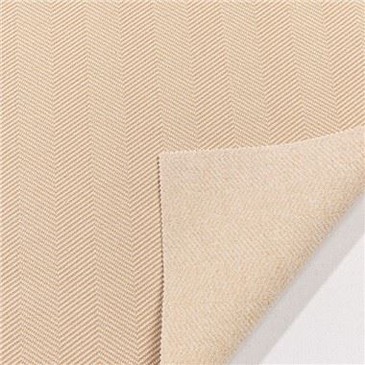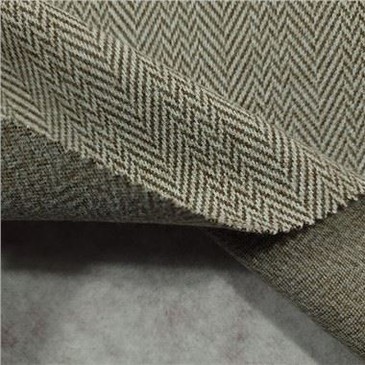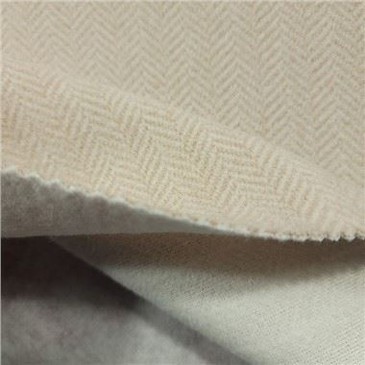Herringbone Fabric
Why Choose Us?
Wide Product Range
BOSSFABRIC is a professional check T/R fabric supplier from China who can custom the fabric as per customer's demand. In the past few years, we developed more than 2000 different check patterns, lots of designers choose from them for their stylist purpose.
Customizable Services
We can custom check woolen fabric in anycomposition (any percentage RAYON, any weight and any patten, also can be in any base like as buffalo check, houndstooth check,mono-check, large check and windowpane check so on.....
Rich Experience
Based on our rich experience in the textile field, we can always find the best way to meet your target price or special finishing.
Wide Market
Our Costomers Are Located in Europe, Usa, Canad, Australia and South Asian Countries Such as Vietnam, Cambodia, India, Ari Lanka and Indonesia.
What is Herringbone Fabric?
Herringbone fabrics are crafted using a distinctive weaving technique that results in a surface texture resembling a V-shaped pattern. This unique texture is akin to our human identity. When you observe a fabric with a column-like pattern on its surface, where the diagonal texture of adjacent columns is opposite, arranged meticulously and uniformly, resembling the structure of herringbones, then you’ve identified it as herringbone fabric.
-
Flannel Woolen Herringbone Taupe FabricPerfect for a variety of crafting needs and small item creationsread more
-
Brushed Herringbone FabricTextured yarn-dyed herringbone fabric. Decorate your life with hemp and enjoy your artistic youthful demeanor.read more
-
Classic Herringbone FabricHerringbone, also known as fishbone pattern, is one of the most recognizable classic fabric weaves. In fact, we can see it as a variation of the twill weave, showing a herringbone-shaped diagonal...read more
-
Tr Herringbone FabricThe upper body is chic and timelessread more
This herringbone pattern is not so obtrusive
If the shadows appear -
Double Faced Herringbone FabricAutumn and winter is a good time to play with outfits, and there are endless stacking methods, which really test the ability to wear outfits.read more
-
Grs Herringbone FabricRegarding the origin of the herringbone pattern, one is: it was first seen in the pottery of the Shang Dynasty and the original porcelain of the Western Zhou Dynasty.read more
-
Herringbone Fabric NaturalThe upper body is chic and timelessread more
This herringbone pattern is not so obtrusive
If the shadows appear -
Khaki Herringbone FabricUse low and neutral detergents when washing, it should be insect-proof, dry in the shade in a ventilated and cool place, and do not rub.read more
-
Herringbone Flannel FabricTextured yarn-dyed herringbone fabric. Decorate your life with hemp and enjoy your artistic youthful style.read more
-
Herringbone Fabric BrownHerringbone suits are a great option for men who often wear business professional attire. When woven into navy worsted or charcoal wool, herringbone weaves are not too showy.read more
-
Herringbone Fabric BlueThe advantage of the herringbone coat is that it is thick, strong, not easy to damage, and wear-resistant. The disadvantage is that the lines are obvious, rough, and it is not easy to make formal...read more
1. Versatilility
Herringbone fabric suits are versatile. With their V-shaped weaving pattern, they'll match or otherwise complement most other garments with which they are worn. You'll need to wear a dress shirt with your herringbone fabric suit, and you'll probably want to wear a necktie with it as well. herringbone fabric suits are versatile because of their V-shaped weaving pattern. This unique weaving pattern consists of multiple colors, which allows herringbone fabric suits to complement most other garments.
2. Softness
Another reason to choose a herringbone fabric suit is softness. Like most suits, herringbone fabric suits are available in different fabrics. Nearly all of them, however, are made of a soft fabric, the most common being wool. Woolen herringbone fabric suits offer a superior level of softness. Whether derived from sheep or goats, wool is an extremely soft fabric. It has a naturally soft and fluffy texture that's not found in many other fabrics. If you're tired of buying new suits, only to discover that they are rough or scratchy, you may want to choose a woolen herringbone fabric suit.
3. Formality
You can easily create a formal outfit with a herringbone fabric suit. herringbone fabric suits offer a high level of formality. Formal outfits, of course, are dressier than casual outfits. If you're simply running errands around town -- or perform other everyday activities -- you can wear a casual outfit. For dressier occasions, on the other hand, you'll need to wear a formal outfit. A herringbone fabric suit is an excellent choice for a formal outfit. It offers a naturally formal appearance that's suitable for all "dressy" occasions.
4. Waistcoat Support
You can wear a herringbone fabric suit either by itself or with a waistcoat. A waistcoat is simply a vest that's worn in conjunction with a suit. It consists of a sleeveless upper-body garment that's worn over a dress shirt and under a suit jacket. The purpose of a waistcoat is to create a more form-fitting appearance while simultaneously introducing new colors to your outfit. With a herringbone fabric suit, you can enhance your outfit with a waistcoat. Waistcoats work well with herringbone fabric suits.
5. Different Lapel Styles
Herringbone fabric suits aren't limited to any single lapel style. You can find them in several different lapel styles. What are lapels exactly? Lapels are sections of folded fabric on suit jackets. Suit jackets typically don't have a smooth front. Rather, they have sections of folded fabric. Known as lapels, these sections of folded fabric have become synonymous with men's formal wear. There are different styles of lapels, though. When shopping for a herringbone fabric suit, you'll need to choose the right lapel style.
6. High-Quality Fasteners
Herringbone fabric suits feature high-quality fasteners. Fasteners are buttons and zippers. For the jacket, you'll typically find either one or two columns of buttons. Single-breasted suit jackets have a single column of buttons. Double-breasted suit jackets have two columns of buttons. The trousers of your herringbone fabric suit may also feature either buttons or a zipper on the fly. With a herringbone fabric suit, you won't have to worry about the fasteners succumbing to damage. herringbone fabric suits are designed with an emphasis on quality.
7. Low Maintenance
All suits require maintenance -- and herringbone fabric suits are no exception. With that said, herringbone fabric suits typically require less maintenance than their counterparts. Since they are typically made of wool, you can spot clean them with warm water and soap. Alternatively, you can hand wash your herringbone fabric suit by submerging it in water. Water won't damage your herringbone fabric damage.
Material of Herringbone Fabric
Wool: Wool has always been a popular choice for making herringbone fabric, such as tweed fabrics. Wool herringbone provides warmth and enhances the overall texture. You can often find this material in high-end applications like suits and coats.
Cotton: Cotton ensures the fabric’s softness, breathability, and skin-friendliness. Cotton herringbone is a common choice for crafting casual clothing and shirts.
Linen: Linen herringbone fabric is cool, breathability, and displays a natural, textured appearance. It is well-suited for summer designs.
Silk: Herringbone fabric made from lustrous silk offers unmatched luxury and a comfortable touch. It is typically used in high-end clothing and accessories.
Synthetic fibers: Herringbone fabric from common synthetic fibers like polyester and nylon possesses excellent moisture-wicking properties and durability.
Blends: Fiber blends are another commonly used material for herringbone fabric. By combining different fibers, their characteristics are merged, resulting in enhanced design presentations.

Apparel
- Suit: It is popular for use in making tailored suits because of its durability and unique texture provided by the herringbone fabric. It elevates the look of suits with its unique V-shaped pattern and provides your wardrobe with unique Versatility and elegance.
- Blazer: It is also used in making the Blazer for its better quality and uniqueness and this provides a better look for the Blazer.
- Trousers: Herringbone trousers are popular in both men’s and women’s fashion, providing a sophisticated alternative to plain fabrics.
Home Decor
Cushion and pillows: Herringbone was usually used in cushions and pillows for its unique structure and better quality which provide a decent look to cushions and pillows.
- Rugs: Herringbone-patterned rugs are popular in home decor, providing a classic and durable floor covering.
Accessories
- Hats and Caps: Herringbone is commonly found in caps, flat caps, and hats, adding a traditional touch to headwear. It provides uniqueness to the looks of accessories.
- Bags: Tote bags, handbags, and even backpacks sometimes use herringbone fabric for its strength and aesthetic appeal.
How is Herringbone Fabric Made?
Herringbone fabric, also known as broken twill, derives its name from the continuous diagonal lines that create a distinctive zigzag pattern during the weaving process. The herringbone pattern is achieved by deliberately interrupting and shifting the diagonal texture. But how is this effect accomplished in the weaving process?
Like twill weaving, herringbone fabric is produced by interweaving warp and weft yarns in a specific pattern, resulting in a unique design.
Along the first warp yarns that run parallel to the fabric’s edge, the intersection with the weft yarn is positioned as 2 under, 2 over, 2 under, 1 over. So forth until reaching the end of the warp yarn.
For the second warp yarn, the intersections with the weft yarn are positioned as 1 over, 2 under, 2 over, and 2 under.
The intersections for the third warp yarn are positioned as 2 over, 2 under, 2 over, and 1 under.
The fourth warp yarn follows the pattern of 1 under, 2 over, 2 under, and 2 over.
By continuing this pattern with subsequent warp and weft yarns, a herringbone fabric with a distinct texture is achieved.
Feeling a bit overwhelmed by the combinations of warp and weft yarns? No worries! In this era of technology, all you need to understand is that the pattern is formed through the arrangement of these yarns. Let the machines handle the rest!
Where Can You Wear Herringbone Fabric Outfits?
Offices
Whether the nature of your job demands a business professional or a business casual dress code, you can totally rock an outfit made with this herringbone weave. The rule is simple, the more prominent the herringbone, the more casual the outfit becomes. So if you're gunning for a more formal outfit, it's best to stick with herringbone suits that are not too showy.
Weddings
I believe weddings are the best occasions to wear herringbone outfits, too, as they are neither official nor overly casual events.
Similarities In Herringbone Fabric Vs Twill Fabric
Shows few stains
Because of the colors used to weave and the weave patterns, garments made with herringbone and twill weave can serve as a camouflage for stains. They hide stains so well that you'd think it was part of the clothing pattern.
Shows Few wrinkles and creases
You can pick up a garment made from herringbone or twill from your wardrobe and wear it right away without worrying about wrinkles. The patterns on these weaves make them stand out and ready to wear even with little or no proper care.
Great Opacity
The patterns can seem mysterious though very opaque. It speaks class and gives you a kind of distinctive look and glam. Wearing a garment made with herringbone or twill will make you stand out everytime.
Durable
In most cases, owners of garments made with twill and herringbone only dispose of them when they outgrow the clothes or simply grow tired of them. They are durable and never go out of style. So when you do buy a garment made with either of both weaves, you're making a long-term investment that should serve you for a while.
Differences In Twill Fabric Vs Herringbone Fabric
Uses
While herringbone weave is mainly used for the production of suits, jackets, and sweatshirts, twill weave is used for the production of curtains, tablecloths, and dresses. This is because twill gives a finer drape than herringbone.
Pattern
While twill is defined by sloping ridges and regular interlocking that follows one direction, herringbone is alternated to resemble a zigzag pattern or a broken twill. This switch in pattern reveals a V-shaped pattern.
Weaving
The twill weave follows a direction that is either right-handed, tuning from the bottom left to the top right, or left-handed, running from the bottom right to the top left. Meanwhile, the herringbone weave is made in a zig-zag pattern, resembling the spine of the herringfish. While the twill weave resembles a plain chevron, the herringbone weave looks like a broken zigzag.
The History of Herringbone Fabric
Herringbone fabric is a popular textile pattern that features a distinctive chevron or V-shape weave. The history of herringbone fabric can be traced back to ancient Roman times, where it was originally used in the construction of roads and other public works.
The name "herringbone" comes from the shape of the bones of a herring fish, which feature a similar V-shape pattern. The herringbone pattern was first used in textiles in the early 1800s, when it was woven into woolen fabrics for use in outerwear and suits.
During the 1920s and 1930s, herringbone fabric became especially popular for men's clothing, including suits, blazers, and overcoats. It was also commonly used in women's fashion, particularly for tailored suits and coats.
In the mid-20th century, herringbone fabric became widely associated with the British country style and was used extensively in tweed jackets and country sportswear. Today, herringbone fabric remains popular for both men's and women's clothing, as well as home decor items such as curtains and upholstery.
Herringbone fabric can be made from a variety of materials, including wool, cotton, linen, and silk. It is still prized for its durability, warmth, and classic look, making it a favorite among designers and fashion lovers alike.
Our Certifications
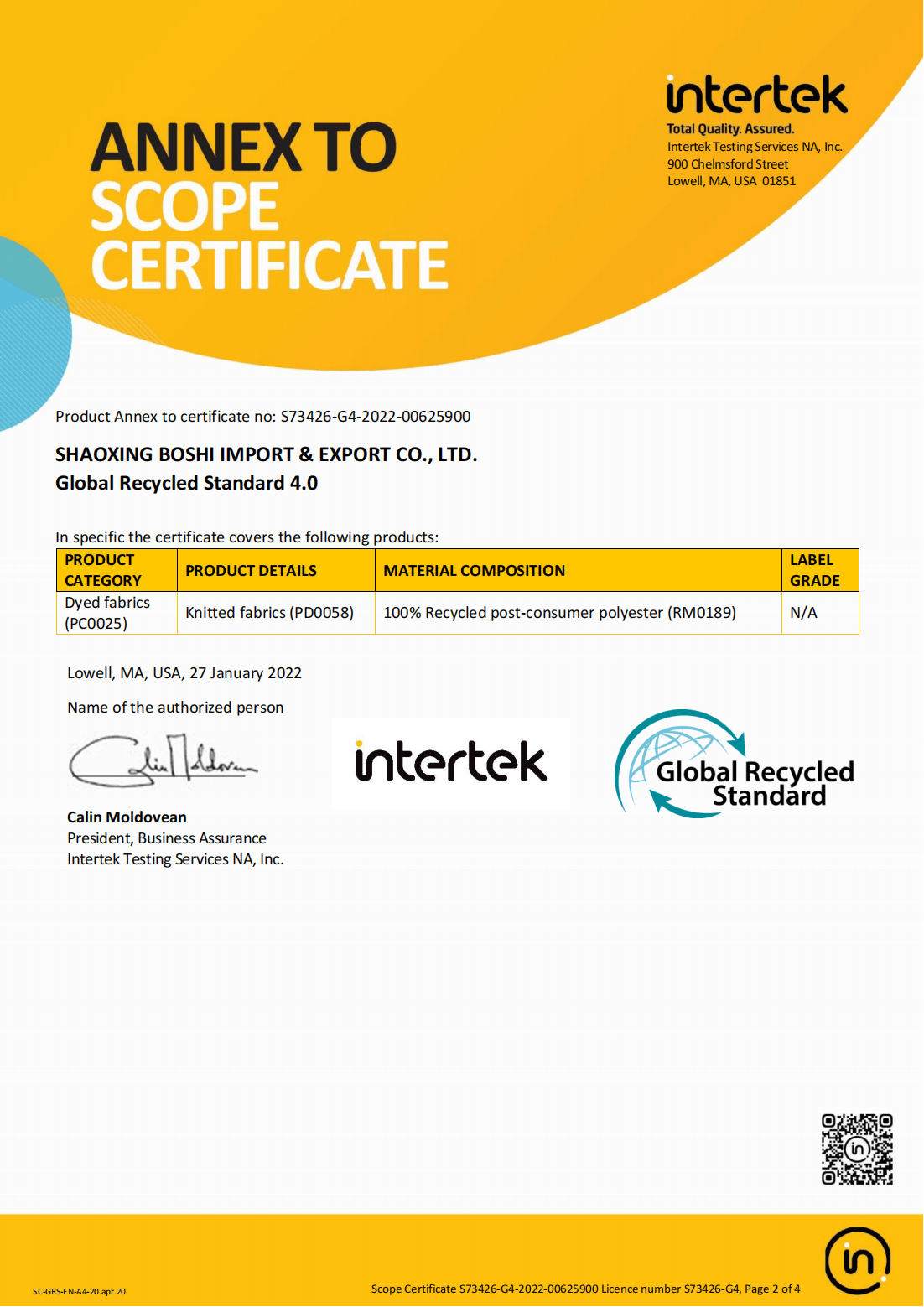
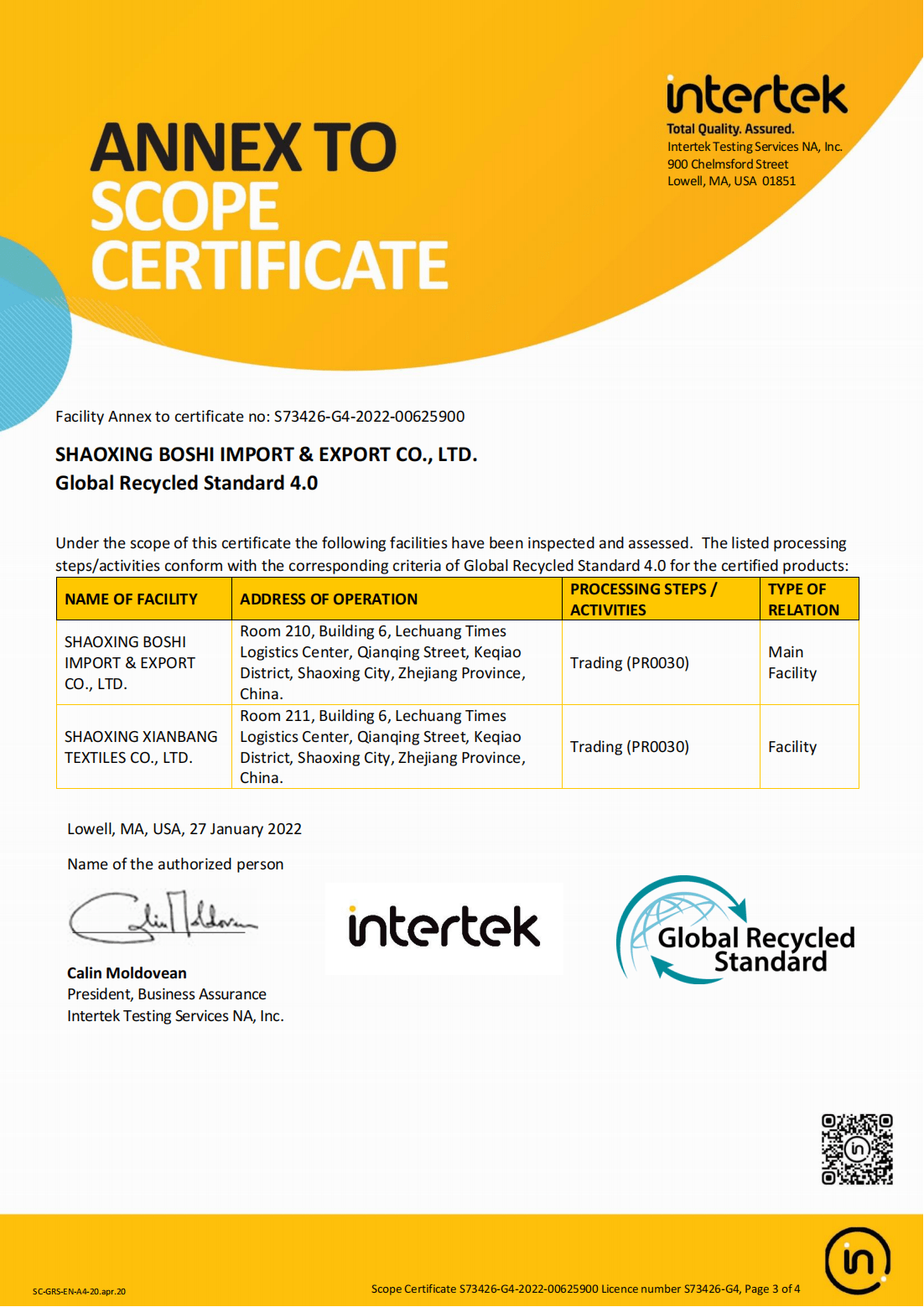
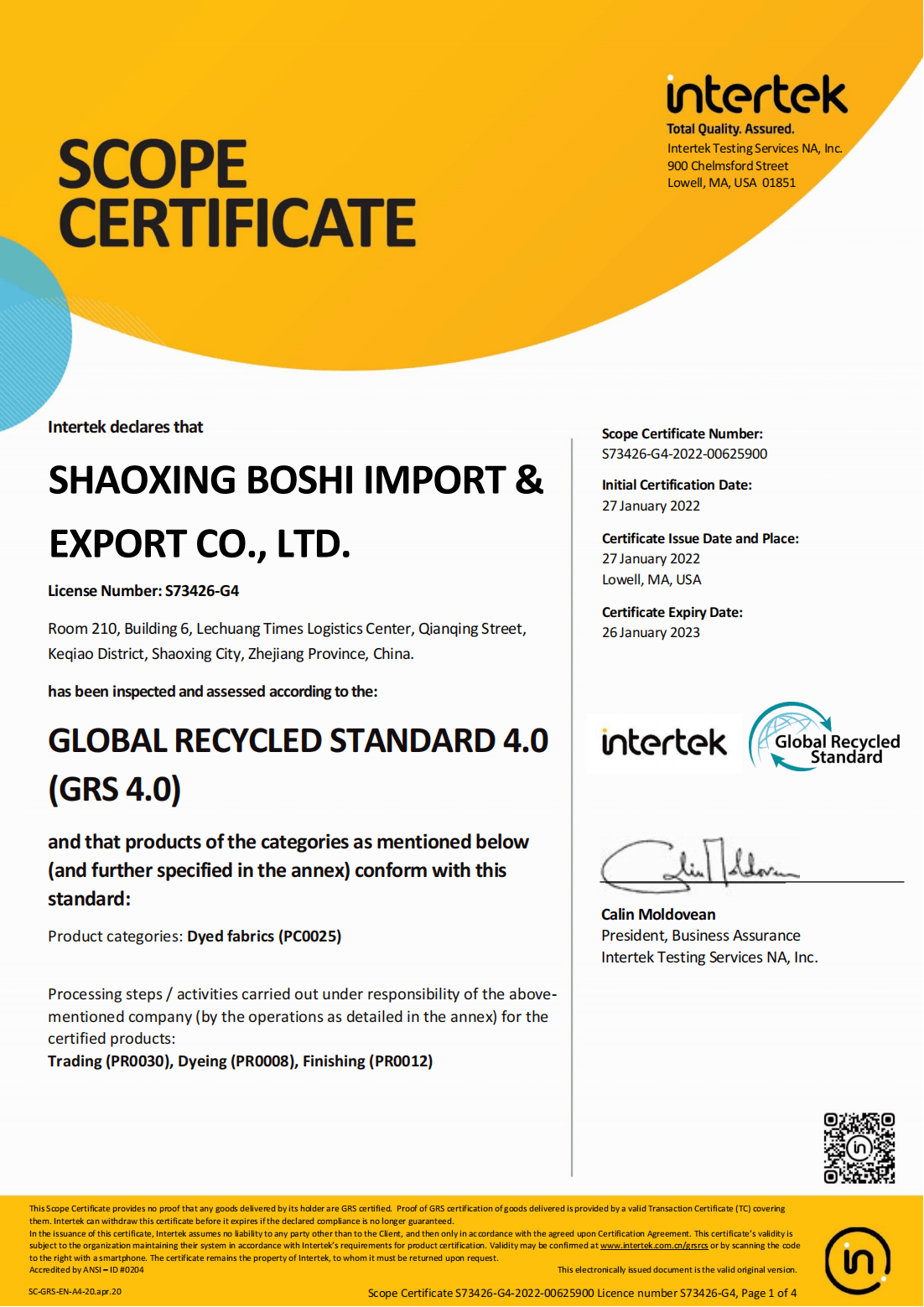
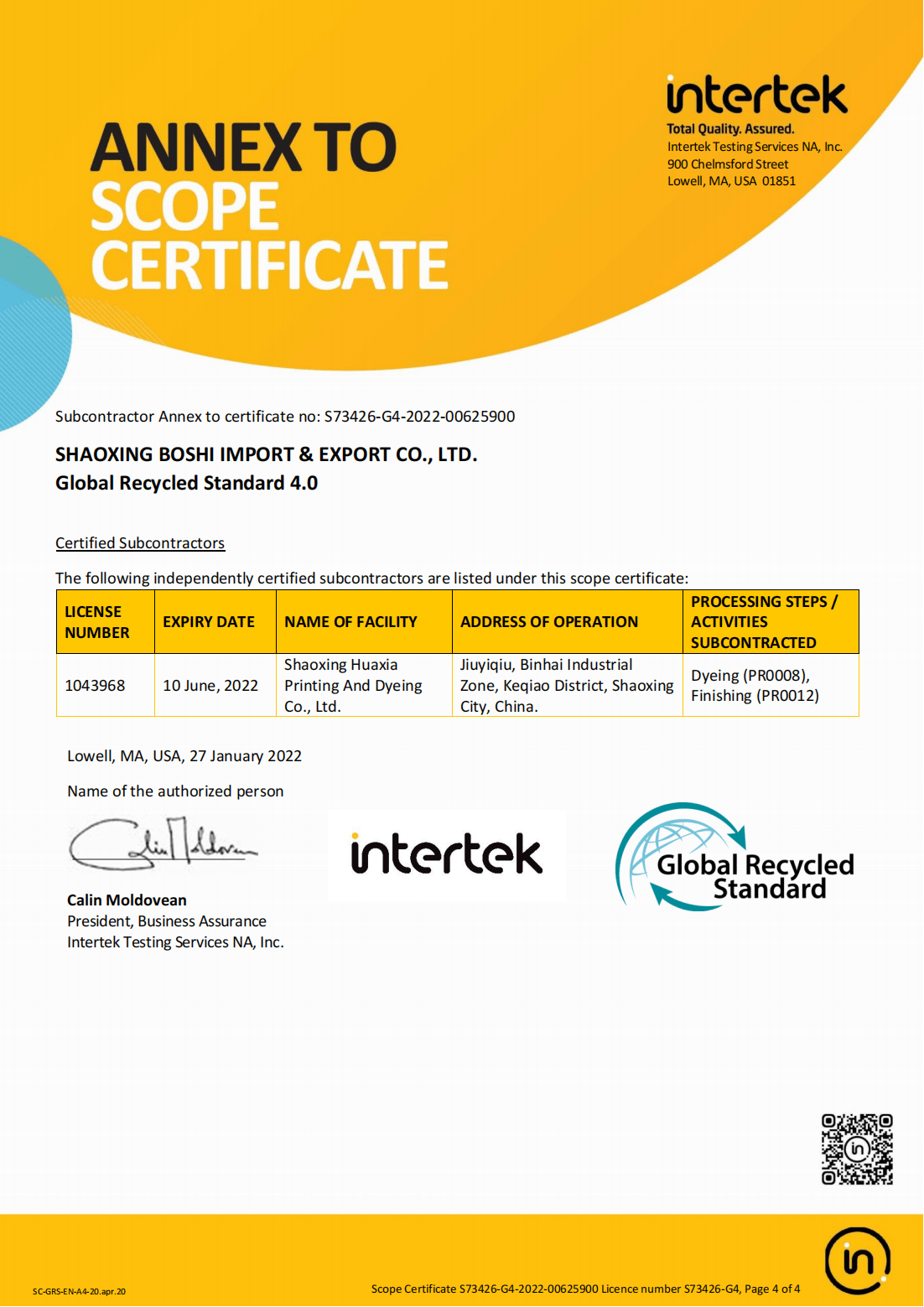
Our Factory
BOSSFABRIC is a professional check T/R fabric supplier from China who can custom the fabric as per customer's demand. In the past few years, we developed more than 2000 different check patterns, lots of designers choose from them for their stylist purpose. BOSSFABRIC as the cheapest check TRBRUSH fabric supplier in China, can sell the check TR fabric by the yard or by the meter,you can buy it on the line or email us for your demand in detail. We are theprofessional check TR fabric factory in China.


Ultimate FAQ Guide to Herringbone Fabric
As one of the most professional herringbone fabric manufacturers in China, we're featured by cheap products and good service. Please rest assured to buy or wholesale bulk customized herringbone fabric at competitive price from our factory.
Herringbone Fabric Blue, Khaki Herringbone Fabric, Herringbone Fabric Natural


